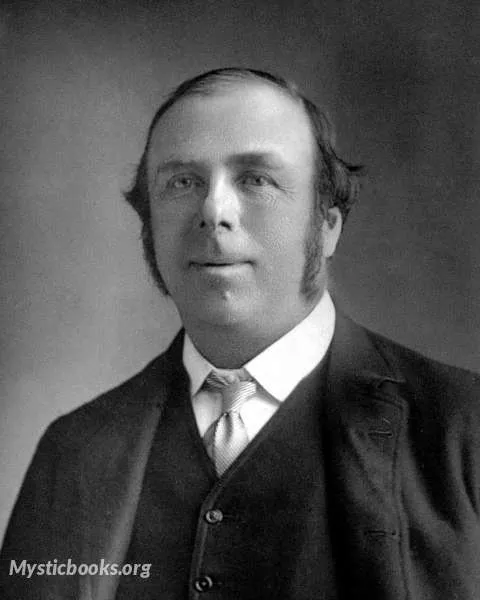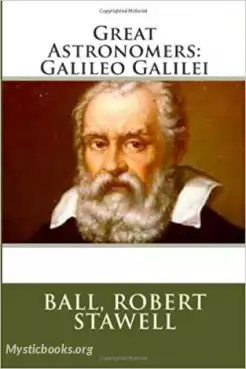
Timeline
Title
Country/Nationality
Robert Stawell Ball
Sir Robert Stawell Ball was an Irish astronomer who founded the screw theory.
He was the son of naturalist Robert Ball and Amelia Gresley Hellicar. He was born in Dublin. He was educated at Trinity College Dublin where he won a scholarship in 1859 and was a senior moderator in both mathematics and experimental and natural science in 1861.
Ball worked for Lord Rosse from 1865 to 1867. In 1867 he became Professor of Applied Mathematics at the Royal College of Science in Dublin. There he lectured on mechanics and published an elementary account of the science.
In 1873 he became a Fellow of the Royal Society. In 1874 Ball was appointed Royal Astronomer of Ireland and Andrews Professor of Astronomy in the University of Dublin at Dunsink Observatory.
Ball contributed to the science of kinematics by delineating the screw displacement:
When Ball and the screw theorists speak of screws they no longer mean actual cylindrical objects with helical threads cut into them but the possible motion of any body whatsoever, including that of the screw independently of the nut.
Ball's treatise The Theory of Screws (1876) is now in the public domain. His work on screw dynamics earned him in 1879 the Cunningham Medal of the Royal Irish Academy.
In 1882 Popular Science Monthly carried his article "A Glimpse through the Corridors of Time". The following year it carried his two-part article on "The Boundaries of Astronomy". He was knighted in 1886.
Ball expounded the tides in Time and Tide: a Romance of the Moon In 1892 he was appointed Lowndean Professor of Astronomy and Geometry at Cambridge University at the same time becoming director of the Cambridge Observatory. He was a fellow of King's College, Cambridge.
In 1900 Cambridge University Press published A Treatise on the Theory of Screws That year he also published The Story of the Heavens Much in the limelight, he stood as President of the Quaternion Society. He was also President of the Mathematical Association in 1900.
In 1908 he published A Treatise on Spherical Astronomy, which is a textbook on astronomy starting from spherical trigonometry and the celestial sphere, considering atmospheric refraction and aberration of light, and introducing basic use of a generalised instrument.
His work The Story of the Heavens is mentioned in the "Ithaca" chapter of Ulysses. His lectures, articles and books (e.g. Starland and The Story of the Heavens) were mostly popular and simple in style.
He died in Cambridge and was buried at the Parish of the Ascension Burial Ground in Cambridge, with his wife Lady Francis Elizabeth Ball. Their children were: Frances Amelia, Robert Steele, William Valentine (later Sir), Mary Agnetta, Charles Rowan Hamilton, and Randall Gresley (later Colonel). Reminiscences and Letters of Sir Robert Ball by his son W.V. Ball was published in 1915 by Cassell & Company.
Minor planet 4809 Robertball is named in his honor.
He was the 38th President of the Birmingham and Midland Institute, which holds The Sir Robert Ball Library, the library of The Society for the History of Astronomy.
Books by Robert Stawell Ball

Great Astronomers
Of all the natural sciences there is not one which offers such sublime objects to the attention of the inquirer as does the science of astronomy. From the earliest ages the study of the stars has exercised the same fascination as it possesses at the...